The Luxury Conversation report identifies three key growth areas for brands in MENA (Middle East North Africa) region looking to attract luxury travelers from China.
SHANGHAI – Over the past decade, outbound Chinese travellers have remade the world tourism market. Currently worth US$ 168 billion and still on the rise, the 120 million and growing band of Chinese consumers travelling the world in search of local culture, experiences, food and shopping in 2016 is proving to be a tantalizing demographic.
The Middle East and North Africa (MENA) region has lagged in popularity, but is now witnessing a boom in Chinese visitors. Growth is driven by local travel incentives introduced into the region, including visas on arrival for Chinese nationals visiting the UAE, and the rising sophistication of Chinese travellers seeking new destinations off the beaten path. Additionally, China’s ‘One Belt One Road’ initiative, which cuts through the region, has the potential to put MENA on the map for travel savvy Chinese.
A recent report by The Luxury Conversation, a platform that provides insight into Asia’s growing luxury consumer, takes a look at three opportunities for brands in the MENA region.
“The MENA region is becoming a hot spot for China’s growing group of luxury travellers. Many have already gone to Asia, Europe and America and are seeking more unique getaways that blend great hospitality, unique culture and experiences, shopping and local cuisine,” said Nick Cakebread, Managing Partner, Reuter Communications, a luxury marketing agency that commissioned the report.
1. Travel & tourism
The MENA region is seeing a tourism boom from China. In Abu Dhabi, plans to attract 600,000 Chinese tourists a year by 2021 would represent a 265 percent increase on the figures recorded for the first nine months of 2016.
In Dubai, 540,000 tourists arrived from China in 2016, up from 450,000 a year earlier and cementing the country’s place as a top 10 source market for the emirate. Thirteen Chinese cities, including Beijing, Guangzhou, Shanghai and Shenzhen, as well as Hong Kong and Taipei, are connected to Dubai with more than 100 weekly flights.
Meanwhile, even before Morocco’s decision to drop visa requirements for Chinese visitors in July 2016, Chinese travel company Ctrip predicted a 3,500 percent increase in visa applications to the country. With 42,000 Chinese tourists in 2016 – a 300 percent year-on-year increase from 2015 – Morocco has announced a goal of 100,000 visitors from the Middle Kingdom this year. This would be a particularly impressive fact given no direct flights exist between the two countries.
2. Retail
It’s no secret that Chinese travellers are some of the most high-spending on earth. By 2019, Chinese tourists will spend $264 billion abroad- roughly the size of Finland’s economy, and larger than Greece’s. Shopping is vital to most Chinese tourists’ plans, accounting more than half of their spending, and Chinese shoppers abroad are expected to buy more luxury goods this year than tourists from all other countries combined.
Up to 25 percent of luxury goods sold in Mall of the Emirates are purchased by Chinese tourists according the Majid Al Futtaim Group, which has 11 malls across the Middle East including Mall of the Emirates.
Dubai’s retail sector accounts for more than 40 percent of all tourism spending. This is expected to increase in the coming years with the introduction and development of quality retail offerings. This includes Muscat’s Palm Mall and Riyadh’s Mall of Saudi, which will include indoor skiing when it opens its doors in 2022.
3. Culture & heritage
While shopping remains important, there is a shift away from the material to the experiential. According to a report by Airbnb Inc., Chinese tourists are searching for lesser known cities and villages when traveling to countries and regions related to the Belt and Road Initiative.
In conjunction with a rise in interest in cultural tourism is Chinese travelers’ eagerness to one-up their friends with photos from far flung destinations posted to their WeChat Moments newsfeed. MENA countries such as Saudi Arabia have made culture a central pillar of their tourism strategy. The country plans to increase the number of public and private museums from 155 to 241, increase the number of UNESCO listed world heritage sites from four to 10 and up the number of archaeological sites suitable to visit from 75 to 155 – all by 2030.
It’s clear that the appeal of the MENA region among affluent Chinese will increase in coming years as travel habits mature and become more sophisticated. The combination of high quality accommodation options, retail, and cultural elements all combine to make the region more and more attractive to Chinese travellers, and businesses have already found success by focusing on the needs of this particular group.
The business opportunity for brands in the region is exponential for those that understand the needs and aspirations of today’s modern Chinese traveller, which include:
- A desire to travel to new and exotic locations their friends may not have visited.
- The need for outreach within Mainland China in order to get on the radar of travellers in the planning stages of travel.
- Mandarin speaking materials and staff.
- Utilizing China’s unique infrastructure of social networks and digital payment systems.
Tatiana is the news co-ordinator for TravelDailyNews Media Network (traveldailynews.gr, traveldailynews.com and traveldailynews.asia). Her role includes to monitor the hundrends of news sources of TravelDailyNews Media Network and skim the most important according to our strategy. She holds a Bachelor degree in Communication & Mass Media from Panteion University of Political & Social Studies of Athens and she has been editor and editor-in-chief in various economic magazines and newspapers.
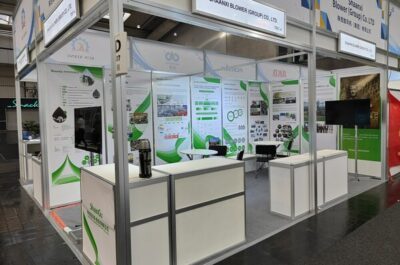




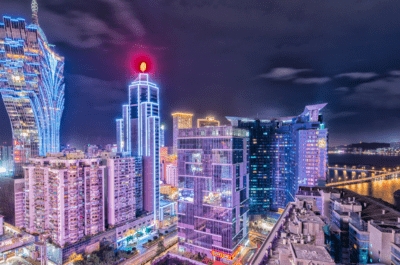
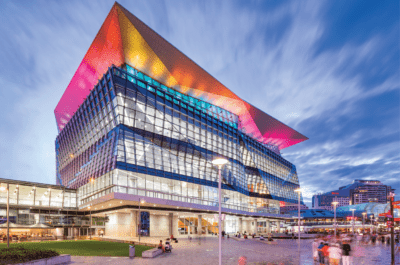












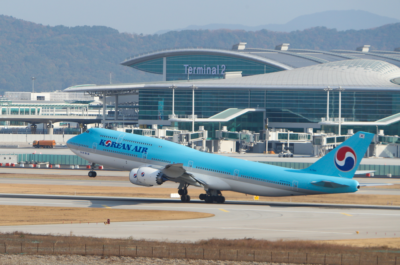
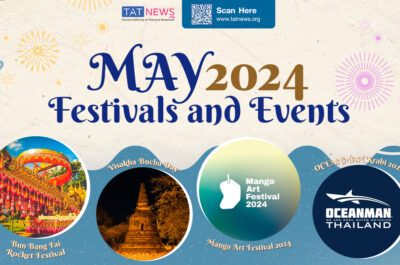


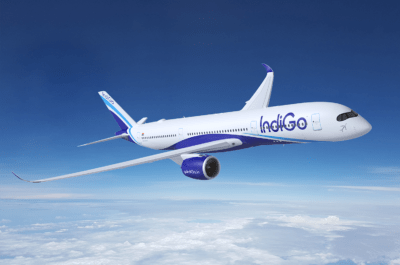






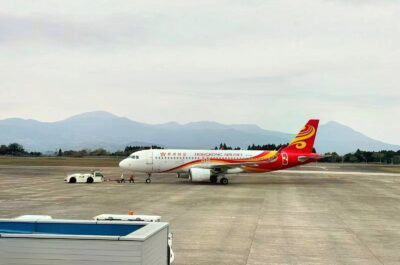




![[PR] PR_Ascott and Vimut Hospital_2024](https://www.traveldailynews.asia/wp-content/uploads/2024/04/PR-PR_Ascott-and-Vimut-Hospital_2024-400x265.jpg)









































